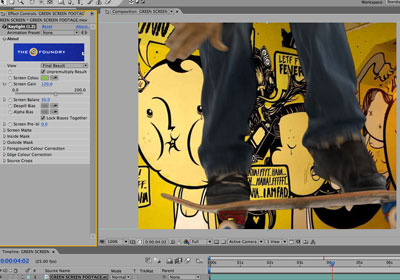
Want to learn more about working in After Effects? Check out the blog here at RocketStock. However, keying out white is much more difficult, as subjects tend to have more white value than dark. This effect can also work for removing a white background if you apply the “Invert” effect before and after the shift channels effect. Try different variations of curves and levels before and after the shift channels effect until you get it just right. Using the levels and curves effects that we mentioned in step one, continue to adjust as needed until you get your key just right. If not, make sure you toggle the transparency grid button at the bottom of your composition panel. You should instantly see your footage keyed out now. In the shift channels effect, simply change the “Take Alpha From” checkbox to “Luminance”. It should also be noted that this effect works with adjustment layers as well. Simply drag and drop the shift channels effect onto the layer which you want to be keyed. These will simply help us tweak the final key once we’re done. I recommend adding a levels and curves effect without adjusting anything just yet. So, you may need to mask certain areas if your footage needs to have dark elements in it and still be keyed. Keep in mind that this effect will remove all of the dark pixels in your scene in order of luminance.
Step 1: Prep Your Footageīefore you key your footage, you need to make sure that your clip is a good candidate to have the black pixels removed. So if you have elements to key out, or you’re simply interested in keying out black backgrounds, follow these quick steps for great results. While it’s always best to get pre-keyed footage, it isn’t necessarily difficult to key out elements on a black background yourself using After Effects.

Keying out black backgrounds in After Effects is no problem with this quick technique!


 0 kommentar(er)
0 kommentar(er)
